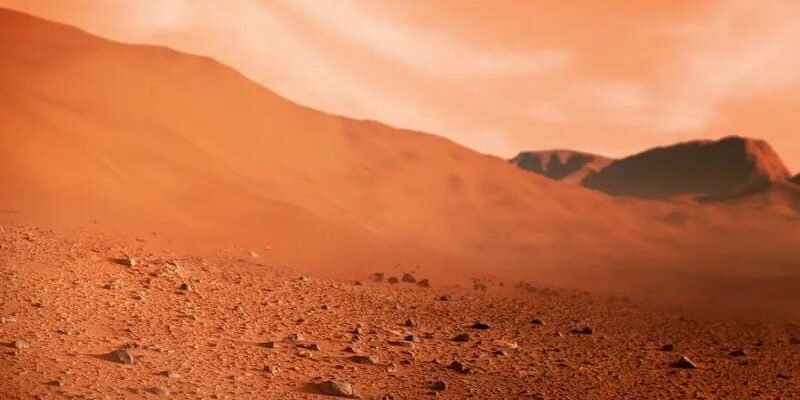NASA has successfully completed a fuel test that could reduce the journey to Mars to 45 days with nuclear thermal propulsion technology.
NASA took a big step forward for space exploration and Anthem’a has completed the tests of the fuel it developed for nuclear thermal propulsion (NTP) technology, which can reduce manned travel to only 45 days. This trial, carried out at the Marshall Space Flight Center, promises to significantly shorten the six-month journey to Mars with existing chemical rockets. This development is considered a groundbreaking step for both astronaut safety and the future of deep space exploration.
A Major Milestone in Mars Missions
Nuclear thermal propulsion system offers a much more efficient technology compared to traditional chemical rockets. In the system, a propellant gas such as liquid hydrogen is heated by the fission of uranium atoms in the reactor core and then converted into gas, providing high-speed thrust. This method offers two to three times more speed than the thrust produced by chemical rockets.
NASA’s Compact Fuel Element Environmental Testing (CFEET) facility tested NTP fuel in extreme temperatures and conditions simulating the space environment. The fuel successfully withstood temperatures up to 2,727°C and hydrogen-rich environments. These tests strengthened the technology’s applicability to space missions.
The journey to Mars covers a distance of 140 million kilometers and could take up to six months with current chemical rocket technology. While this long duration increases astronauts’ risk of exposure to cosmic radiation, it also complicates mission logistics. NTP technology can reduce these risks by reducing travel time. NASA officials state that shorter trips will significantly reduce both the likelihood of technical failures and the consumption of food and other consumables.
The success of NTP technology opens up new possibilities not only for Mars but also for more distant planets. NASA plans to integrate this technology into the Artemis Program and future deep space missions. In line with the goal of expanding humanity’s presence in space, faster and more efficient transportation systems will play a major role.
NASA and its partners continue to work to optimize this technology and make it ready for use in future missions. This success opens the doors to a new era in space exploration and brings us one step closer to transforming human travel to Mars from dream to reality.
